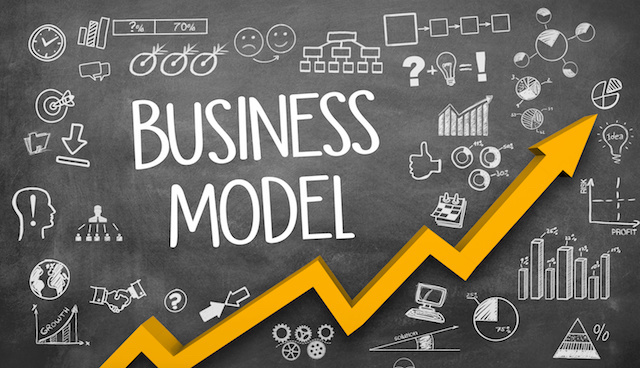There are many different types of business models out there. When you’re starting out, it’s important to choose the one that is best suited to your business concept. Here, we’ll introduce some of the main types of business model (hint: it’s not an exhaustive list!)
First, what is a business model?
A business model is not focused on what you sell, but how your business creates, delivers, and captures value. In other words, we’re talking about how your business makes money from its operations. The best way to explain how a business model works is by looking at some examples.
Here are 7 key types of business model:
Manufacturer
A manufacturer takes raw materials and makes finished products. The manufacturer may then sell these products directly to the consumer or sell them to a middleman (such as a retailer or distributor) that sells to the consumer.
Franchise
Franchising is hugely popular in Australia. As at 2016, there were 1,160 Australian franchise systems and around 79,000 franchise units in Australia, representing 4% of our economy. With this business model, the franchise owner (franchisee) pays a fee in return for the right to offer, sell or distribute goods or services under a business system determined by the business founder (franchisor). The franchisor supports the franchised business group by providing leadership, guidance, training, marketing and a brand name in return for ongoing service fees. Anytime Fitness, Battery World and MacDonald’s are examples of successful franchise business models in Australia.
Nickel-and-dime
With this business model, the basic product or service is cost-sensitive and therefore priced as low as possible. For every other service that comes with it, an additional amount is charged. For example, Jetstar (or any budget airline for that matter), charges the lowest possible price for the flight then adds fees for luggage, seat selection, priority boarding, and so on.
On Demand
As consumers demand greater convenience, speed, and simplicity, a growing number of businesses are moving to an on-demand business model – where customers get immediate access to products and services by means of technology. Uber is an example of the on-demand business model in action – today it facilitates 15 million rides a daywithout owning a single cab. Read more about how to make money in the on-demand economy.
Direct Sales
Of all the direct-selling businesses out there, Tupperware is probably the brand most people think of. Tupperware is a true direct sales model in that the products are not sold in stores – they can only be purchased through Tupperware’s website or through a Tupperware consultant. But does direct selling still work in the internet era? Yes – in fact, social media allows sellers to reach more people than ever.
High Touch
Think of this as a “person-centric” model in which the relationship between the business employees and the customers have a major impact on sale and retention. Much like in your sustainable energy rating business it’s all about building trust and relationships. For example, professional services such as accounting firms and financial services are high-touch businesses, as are beauty salons.
Low Touch
By contrast,a low-touch business requires minimal involvement or assistance from employees when selling a product or service. The customer will buy the product or service without placing much value on the individual selling. IKEA is a great example of this in action with its hugely successful self-service business model. Shoppers leave the showroom, pick up their flat-packed goods from the warehouse, put the boxes on trolleys, and bring them to the checkout themselves – no staff required.
Final Thoughts
New business models are continuously being created to meet changing consumer needs and evolving technologies. Here’s the thing: you do not need to use any of the existing business models when setting up your business – you can innovate and design your own to suit your business. This is the idea put forward by Alexander Osterwalder in his book Business Model Generation.We’ll discuss this more in the coming weeks, so stay tuned!
Want to learn more about business models?This article introduces more examples of business models, this one talks about how business models can be used for disruption and this Hubspot article is a great introduction to business model innovation.






